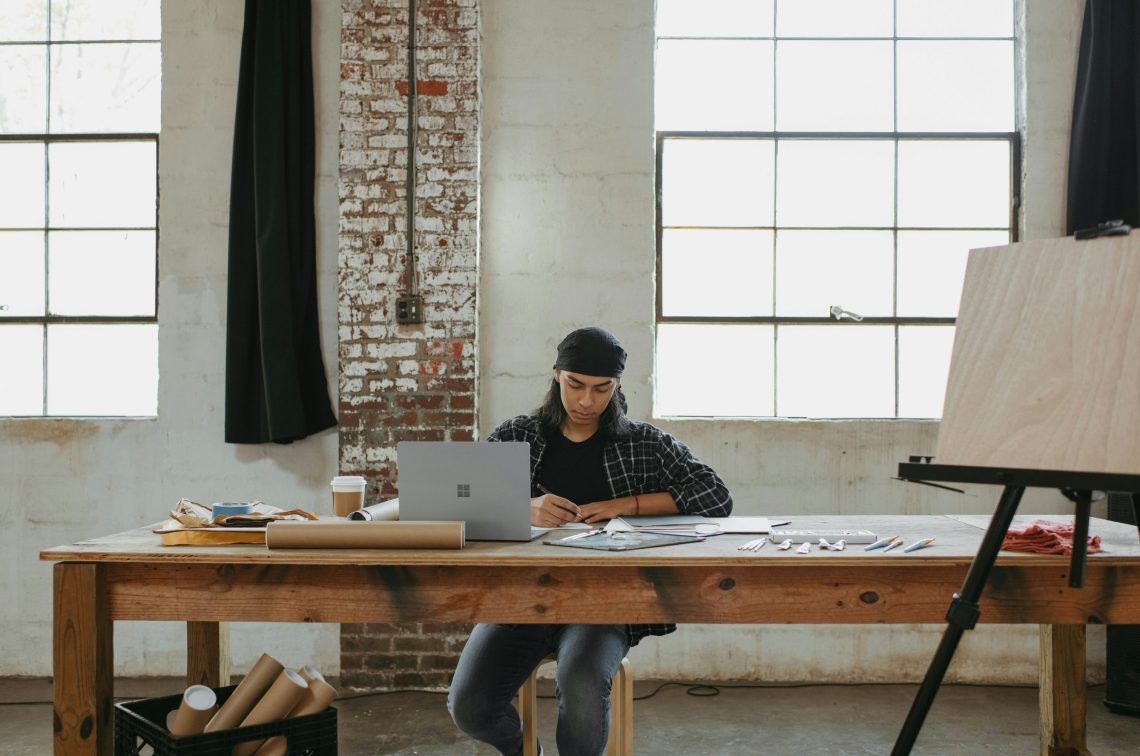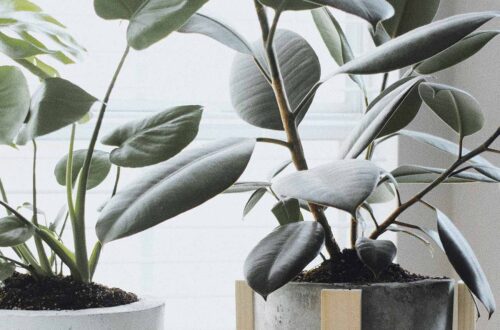As an introvert, my home is more than just a physical space, it’s my sanctuary, a place where I recharge, reflect, and find peace from the world’s constant stimulation. Interestingly, one study found that up to 66% of interior designers are introverts, which makes sense given that this profession requires deep focus and an eye for detail.
But even if you’re not a designer, you can still create a space that aligns with your personality. In the following text, I’ll share a few tips on how to design a home that truly feels like a reflection of you.
Space as a Place for Introspection and Regeneration
For introverts, silence and privacy are essential for energy regeneration. Unlike extroverts, who gain energy from social interaction, introverts restore theirs through time spent alone in quiet, calm environments. Therefore, it’s important to design spaces that encourage introspection, relaxation, and personal growth.
One of the first steps is creating private zones. This doesn’t just mean physically separating areas, but also using colors, textures, and lighting to create an atmosphere conducive to peace of mind. For example, soft, calming colors like pastel blues, greens, or grays can evoke a sense of tranquility, while spaces with abundant natural light and minimal noise are ideal for mental rest.
Minimalism as Key
One of the most important aspects of interior design for introverts is minimalism. Cluttered spaces filled with unnecessary items can create stress and a sense of chaos, making it harder for introverts to unwind. Minimalism makes the space more functional, clean, and, most importantly, simpler to live in.
Create a space that allows you to focus on what truly matters. This doesn’t mean getting rid of every decoration, but choosing furniture, decorations, and other elements that consciously enhance your sense of creativity and inner harmony. For example, opting for simple furniture lines, neutral tones, and natural materials like wood can create a space that promotes relaxation.
Silence as a Luxury
For introverts, silence is not only a physical state but also a psychological one. The space should be designed to minimize external disturbances and enable relaxation. This means that acoustic design plays a significant role – sound insulation, using materials that reduce noise (such as carpets, thicker curtains, and upholstered furniture), and reducing visual “clutter” through organized spaces are key.
Imagine a space where you can completely shut off from the outside world, whether you’re reading, meditating, or simply enjoying a quiet moment. Using thicker curtains for windows, placing softer floors, and arranging furniture in a way that supports privacy and isolation can help the space feel like a peaceful retreat.
Space for Creativity and Reflection
Introverts often seek places in their homes that support creative processes and introspection. This could be a reading nook, a work desk, or simply a cozy chair by the window with a view of nature. These spaces should be simple yet inspiring, with careful selection of elements that promote mental clarity and creativity.
For many introverts, a creative space should be gentle but stimulating – for example, soft but not too direct lighting, comfortable furniture, and plenty of natural materials and colors that encourage deep thinking and creation. Plants can add life and make the space feel more inviting, while natural materials like wood or cotton can create a sense of comfort.
Social Zones that Aren’t Overwhelming
While introverts enjoy spending time alone, that doesn’t mean they don’t have social needs. The space can be designed to have clearly defined social zones that aren’t too dominant. For example, the living or dining room can be designed to encourage quiet, intimate conversations with friends or family without making you feel overwhelmed by social obligations. These areas can be furnished with simple, inviting furniture that encourages interaction but doesn’t overcrowd the space.
Creating a home that reflects your personality isn’t just about aesthetics—it’s about designing a space that supports your well-being and makes you feel truly at ease. Through thoughtful interior design, you can shape an environment that caters to your need for privacy, silence, and creativity. From minimalist style to carefully chosen materials and acoustic solutions, every detail can be tailored to help you recharge, dive into introspection, and, most importantly, feel truly at home.


